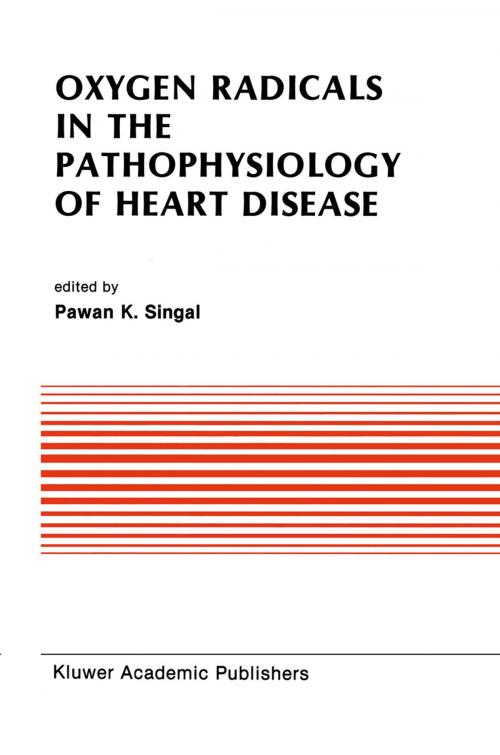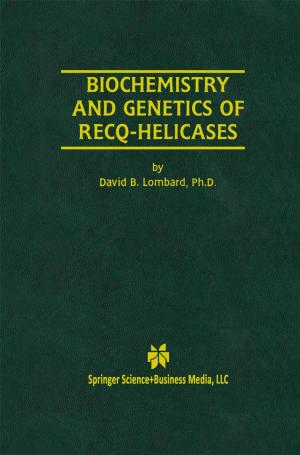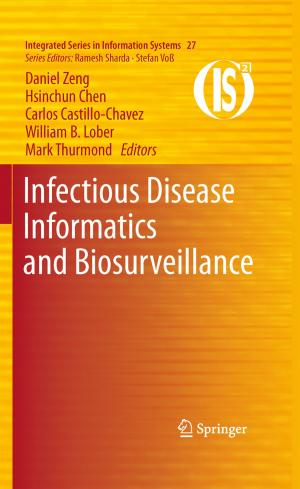Oxygen Radicals in the Pathophysiology of Heart Disease
Nonfiction, Health & Well Being, Medical, Surgery, Thoracic, Specialties, Internal Medicine, Cardiology| Author: | ISBN: | 9781461317432 | |
| Publisher: | Springer US | Publication: | December 6, 2012 |
| Imprint: | Springer | Language: | English |
| Author: | |
| ISBN: | 9781461317432 |
| Publisher: | Springer US |
| Publication: | December 6, 2012 |
| Imprint: | Springer |
| Language: | English |
Over two centuries ago, oxygen was discovered as "air vital": the component of the earth's atmosphere necessary for life. Less than five years after this discovery, it was found that oxygen was both a life-sustaining and life threatening inhalant as it plays a role in the two extremes of the animal kingdom: life and death. In the subse quent years, we have made major strides in understanding the role of oxygen in maintaining life and volumes of information are now available on this topic. Our knowledge of the contribution of oxygen in cellular dysfunction and cell death which for the most part had lagged behind has begun to catch up. The deleterious ef fects of oxygen radicals and activated oxygen species on a variety of biological systems have now been described. Recently attention has also been focused on the toxic effects of oxygen on the cardiovascular system. The major aim of the present treatise is to offer an integrated view of the pathophysiological aspects of oxygen toxicity in the heart and blood vessels coupled with a review of therapeutic approaches (hopes?) with free radical scavengers and antioxidants. Internationally known expert investigators provide a concise and critical review on the topic of their expertise which also contains data from their own research.
Over two centuries ago, oxygen was discovered as "air vital": the component of the earth's atmosphere necessary for life. Less than five years after this discovery, it was found that oxygen was both a life-sustaining and life threatening inhalant as it plays a role in the two extremes of the animal kingdom: life and death. In the subse quent years, we have made major strides in understanding the role of oxygen in maintaining life and volumes of information are now available on this topic. Our knowledge of the contribution of oxygen in cellular dysfunction and cell death which for the most part had lagged behind has begun to catch up. The deleterious ef fects of oxygen radicals and activated oxygen species on a variety of biological systems have now been described. Recently attention has also been focused on the toxic effects of oxygen on the cardiovascular system. The major aim of the present treatise is to offer an integrated view of the pathophysiological aspects of oxygen toxicity in the heart and blood vessels coupled with a review of therapeutic approaches (hopes?) with free radical scavengers and antioxidants. Internationally known expert investigators provide a concise and critical review on the topic of their expertise which also contains data from their own research.















